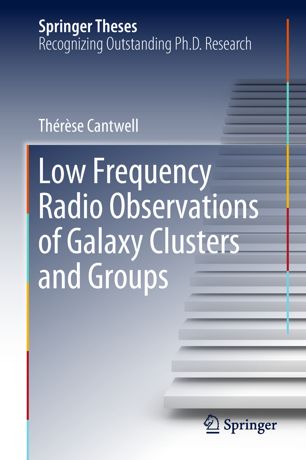

Most ebook files are in PDF format, so you can easily read them using various software such as Foxit Reader or directly on the Google Chrome browser.
Some ebook files are released by publishers in other formats such as .awz, .mobi, .epub, .fb2, etc. You may need to install specific software to read these formats on mobile/PC, such as Calibre.
Please read the tutorial at this link: https://ebookbell.com/faq
We offer FREE conversion to the popular formats you request; however, this may take some time. Therefore, right after payment, please email us, and we will try to provide the service as quickly as possible.
For some exceptional file formats or broken links (if any), please refrain from opening any disputes. Instead, email us first, and we will try to assist within a maximum of 6 hours.
EbookBell Team

4.8
24 reviewsThis book uses new data from the very low radio frequency telescope LOFAR to analyse the magnetic structure in the giant radio galaxy NGC6251. This analysis reveals that the magnetic field strength in the locality of this giant radio galaxy is an order of magnitude lower than in other comparable systems. Due to the observational limitations associated with capturing such huge astrophysical structures, giant radio galaxies are historically a poorly sampled population of objects; however, their preferential placement in the more rarefied regions of the cosmic web makes them a uniquely important probe of large-scale structures. In particular, the polarisation of the radio emissions from giant radio galaxies is one of the few tools available to us that can be used to measure magnetic fields in regions where the strength of those fields is a key differentiator for competing models of the origin of cosmic magnetism. Low frequency polarisation data are crucial for detailed analyses of magnetic structure, but they are also the most challenging type of observational data to work with. This book presents a beautifully coupled description of the technical and scientific analysis required to extract valuable information from such data and, as the new generation of low frequency radio telescopes reveals the larger population of giant radio galaxies, it offers a significant resource for future analyses.